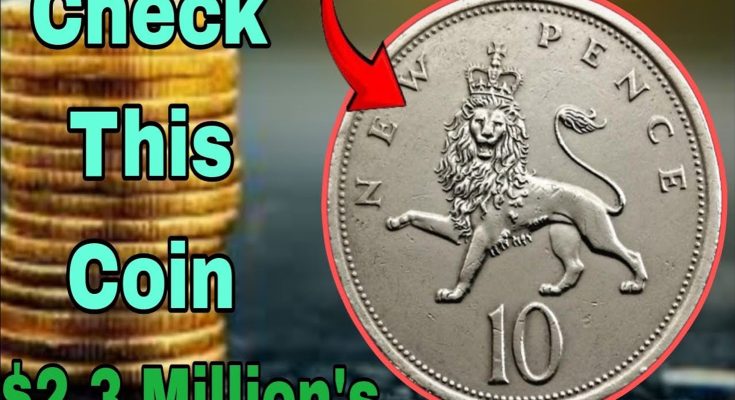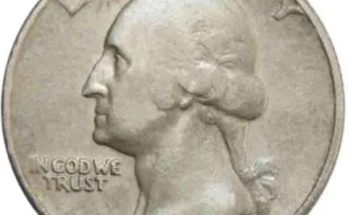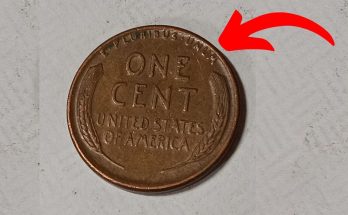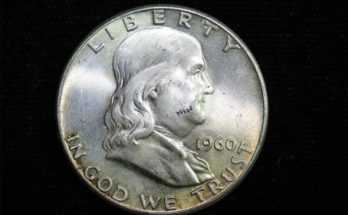Dive into the fascinating world of UK coin collecting with this detailed look at the Top 4 UK 10 New Pence Coins of Queen Elizabeth II! Whether you’re a seasoned collector or just starting out, these coins are must-knows for anyone interested in numismatics. From their historical significance to their potential value, we uncover the details that make these coins stand out. Could one of these treasures be hiding in your collection or pocket change? Watch now to discover what makes these coins so unique, learn about their design, mint years, and rarity, and find out why collectors around the world are seeking them out. Don’t miss this exciting journey into British coin history and value!

Today, we dive into the fascinating world of British coinage. In this video, we are uncovering the top four UK 10 new pence coins featuring Queen Elizabeth II. Some of these coins might just be hiding in your pocket or coin jar, and they could be worth more than you think.
First up, let’s begin with the 1968 UK 10 U-Pence Elizabeth coin. Decimalization was a monumental change for British currency, and this coin was at the forefront of that transformation. Introduced as part of the shift from the old pound’s shillings and pence system to a decimal system, the 1968 coin represented progress and modernization.
The coin’s obvious features, the first definitive portrait of Queen Elizabeth II by Arnold Maiton, a design that became a standard for many British coins. It shows the Queen wearing the girls of Great Britain and Island Tiara, symbolizing both elegance and continuity. On the reverse, Christopher Ironside’s design prominently displays a crowned lion representing British strength and sovereignty.
Made from Copronicle, the coin has a diameter of 28.5 meters and weighs 11.31 grams, larger than the later versions. The 1-9-6-8-1-0 new pence had a vintage of over $336 million, reflecting its essential role in the transition to decimal currency. However, despite its large vintage, coins in uncirculated condition or proof sets remain highly sought after by collectors.
Typical market values for circulated coins are modest, ranging from $1 to $3, but uncirculated examples can fetch $10 to $15 errors, such as misaligned dyes or striking flaws are rare but can significantly increase the coin’s value. Collectors treasure this coin for its historical context and its place as the inaugural issue of the Ten New Pence denomination. It’s a reminder of a pivotal moment in British monetary history and a beautiful piece of numismatic art.
Next, let’s explore the 1976 UK Ten New Pence coin. By this year, the decimalization process was fully embraced and the Ten New Pence had become a staple of British coinage. The mattress still featured the McCain portrait of Queen Elizabeth II, maintaining the elegance and tradition associated with her reign.
The reverse kept iron sides, crown-lined design, symbolizing continuity and strength. The 1976 coin was made from the same cuprenical alloy as its predecessor, with identical dimensions. The vintage for this year was substantial, exceeding $133 million.
While this makes the coin relatively common in circulated condition, pristine examples or those from proof sets are more desirable. Circulated coins are typically valued at $1 to $2, while uncirculated coins can reach $8 to $12. Proof versions, particularly those in original packaging, may sell for $20 or more.
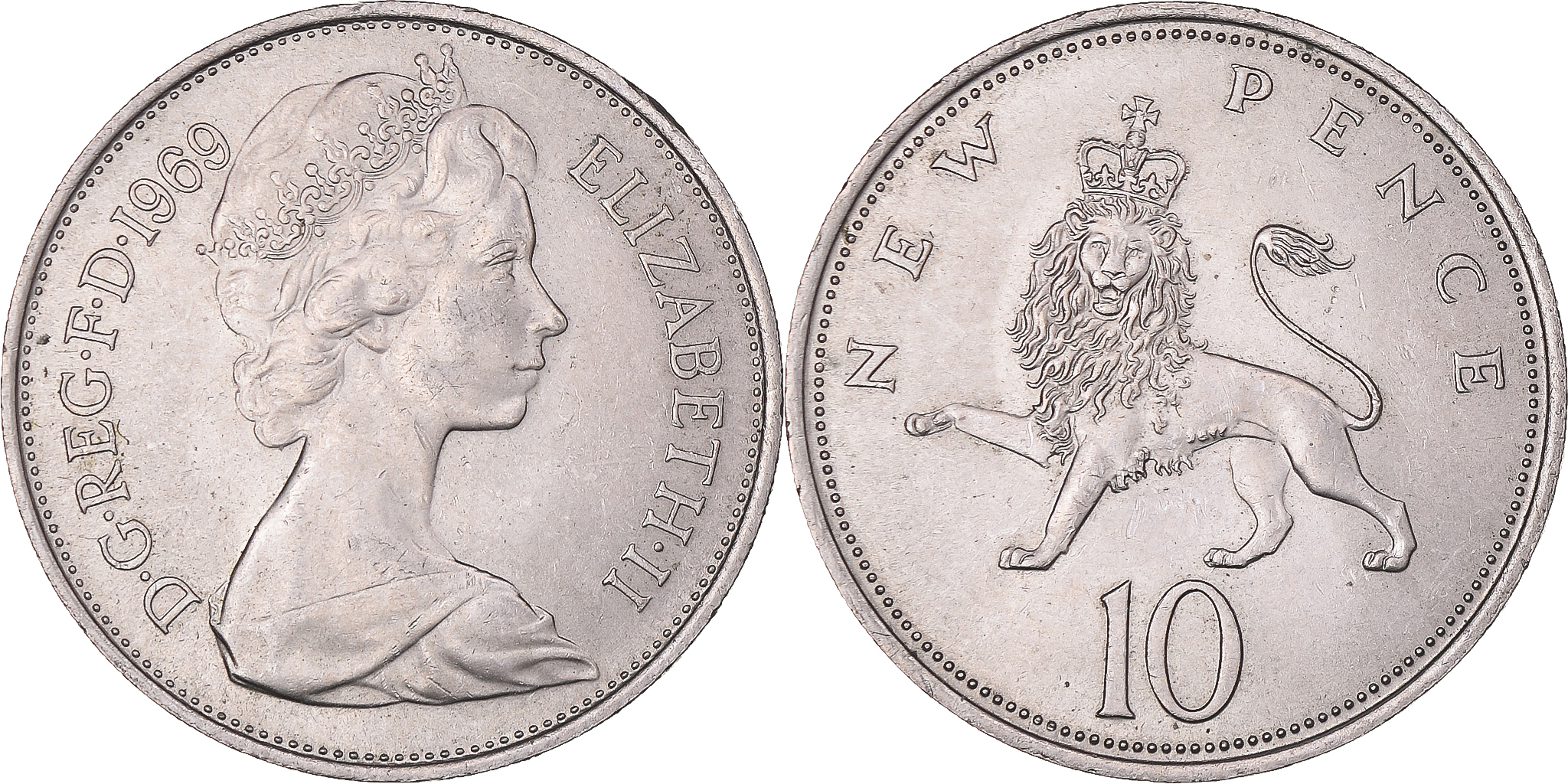
One fascinating aspect of the 1976 issue is the emergence of minor errors. These include off-center strikes, doubling on the lettering or die cracks. Although rare, such errors are highly coveted by collectors and can command significantly higher prices, sometimes exceeding $100 depending on the errors’ rarity and visibility.
The 1997-610 New Pence Coin continues to capture the interest of collectors, due to its robust design and role in a fully decimalized Britain. It’s a piece of history that resonates with those who appreciate the artistry and utility of coins. Next up, let’s turn to the 1969 UK 10 New Pence Coin.
Coming just a year after the inaugural 1968 issue, the 1969 coin carried the same design elements, but had its own unique story. The obverse again features Arnold Machen’s regal portrait of Queen Elizabeth II, and the reverse showcases Christopher Ironside’s majestic crowned lion. The $133 million, this modest reduction, makes the coin marginally less common, increasing its appeal to collectors.
Like its counterparts, the coin was struck in Kupronikil, with a diameter of 28.5 million and a weight of 11.31 grams. In terms of value, circulated $1,96910 New Pence Coins typically range from $1 to $3 depending on condition. However, uncirculated coins, especially those in original mint sets, can command $10 to $20.
Proof versions, known for their sharp details and brilliant condition, are even more valuable, with prices reaching $30 or more in excellent condition. Error coins from 1969 are particularly intriguing to collectors. Double die strikes, planchet floors, and edge lettering anomalies are some of the known errors.
These coins often fetch premium prices, with some rare examples selling for several hundred dollars at auction. The $1,96910 New Pence Coin holds a special place in British numismatics. It bridges the gap between the initial excitement of dissimilarization and the steady production of this denomination in the following years.
Its design, history, and collector interest make it a must-have for anyone passionate about coins. Next up, the 1975 UK 10 New Pence Coin was part of the decimalization era in British coinage, which started in 1971. Decimalization simplified the currency system, replacing pounds, shillings, and pence with a more straightforward decimal structure.
By 1975, the 10 New Pence Coin had established itself as a familiar piece in circulation, but its story and features remaining intriguing to collectives today. The obverse of the coin features the iconic portrait of Queen Elizabeth II, designed by Arnold Machen. This elegant image depicts the queen wearing the girls of Great Britain and Ireland Tiara, a symbol of continuity and regality.
The portrait’s clean lines and refined details have made it a hallmark of British coinage during this period. On the reverse, Christopher Ironside’s design of a crowned lion takes center stage, representing British strength and sovereignty. The coin’s reverse is both visually striking and rich in symbolism, making it a favorite among numismatists.
The 197510 New Pence Coin was minted from Cupro nickel, an alloy of copper and nickel, known for its durability and resistance to tarnishing. The coin has a diameter of 28.5 mils and a weight of 11.31 grams, consistent with the larger format used for this denomination before its size reduction in 1992. These dimensions make the 1975 issue part of the large 10 New Pence series, which collectors often distinguish from the later smaller versions.
In terms of mintage, the 1975 coin was produced in significant numbers, with over 115 million coins struck for general circulation. While this high mintage makes circulated examples relatively common, uncirculated specimens are far less frequent and command a premium in the collector market. Coins in pristine, uncirculated condition can fetch anywhere from $8 to $15, while those from proof sets, known for their flawless finishes and sharper details may be valued at $25 or more.
Errors and variations also play a critical role in the value of the 197510 New Pence coin. Some known errors include die cracks, off-center strikes, and doubling on the lettering or designs. These anomalies, while rare, are highly sought after by collectors and can elevate the value of the coin substantially.
For example, a significant die crack or a clearly doubled design could push the value well beyond $100, depending on the rarity and prominence of the error. Beyond its monetary value, the 197510 New Pence coin holds historical significance. It captures a period when the UK was adjusting to its new decimal currency system and reflects the artistry and precision of mid-20th century British coinage.
Its robust design and historical context make it a standout piece in any collection whether you’re a seasoned numismatist or a casual enthusiast. Collectors often seek out this coin for its blend of historical importance, aesthetic appeal, and potential investment value. If you’re looking to add a 1975 UK10 New Pence coin to your collection, consider searching for proof versions or uncirculated examples to maximize both visual appeal and long-term value.
Thank you for joining us on this deep dive into the history and value of the 1975 UK10 New Coin. Let us know in the comments if you’ve come across this coin in your collection or if you’ve discovered any intriguing errors.
